I woke up this morning to the sounds of church bells clanging outside my window. It’s Palm Sunday or Día de Ramos. Therefore, I imagined a procession of people gathering to enter the church in this small village of Pacto. I gathered my gear and was off.
Polite Words = Successful Photos
Photographing a small village in Ecuador can be complicated. A good photographer doesn’t just snap photos here and there. That is a guaranteed way to anger locals, especially if they happen to be the subject on the other end of your lens. Amazingly, a few kind words can open up opportunities that I otherwise wouldn’t have.
As I left the hotel, I did see a small procession of Pacteños walking up the steps of the church. Many were holding fans woven from palm fronds tied to bouquets of rosemary. They were chanting a solemn hymn as they walked up the steps behind the priest dressed in his white robes with a brown mantle. I did not even attempt to lift my camera in this situation. Instead, I enjoyed living in the moment.
An Early Morning Stroll
I walked further down the street in search of an open shop to replace a notebook I had misplaced the day before. Even at 6:15 or so in the morning, some shops are ready for business. I found one at the end of the street where a family was busy shelling fava beans for sale. The shop was full of food and I knew it was unlikely I would find a notebook, but I asked anyway. They told me I could get one later at a different shop back by the plaza. Then the younger son, from inside the store, told me to wait. He went in the back, rustled through a drawer, and came out with a small notebook in his hand. A gift for the gringa photographer.
I had yet to take a single photo but that conversation gave me an opening so I asked. And the family said “Sí, por favor” before sharing their names: Lucilla Chanatasig, Maykol Cruz, and Jonni, who didn’t want to share his last name.
Kindness Pays
I have repeated this process over and over in Ecuador. For some tourists, the conversation is an extra step that seems to be unnecessary for taking a photo. For me, it is an essential part of what I do.
After taking a few more photos in the area – a house with laundry hanging from the balcony, a Pacteño sweeping the street in front of his home, the small obelisk that marks the entrance into town – I find myself in a small neighborhood with traditional homes and large tree covered in lacy, white flowers.
Rural Villages Can Be Challenging to Tourists
In one of the homes, a woman peeked out the door and saw me. I greeted her with a hearty “Buenos Dias” but she ignored me. This happens sometimes when people don’t want to make a connection. I don’t take it as an insult but I see it as a healthy caution against strangers. After all, she has no idea who this white woman with the camera is.
As I set up with a long lens to take photos of the small birds hunting insects from the flowers of this beautiful tree, she kept peeking outside to see if I had left. No such luck. I was going to get a photo of at least one bird before walking back up the street.
A Birdwatching Party in Pacto
But as happens to me often in Ecuador, the part that makes my son shake his head with impatience and wants to get going with our day, another woman came out of her home and approached me. She was older and very short, as are many of the women in Ecuador. She carried a small backpack and walked with a cane but took steps long enough to make me hope that I walk as well when I am older. Her eyes were bright with interest as she asked me what I was doing. We started talking and soon she was pointing to little birds telling me that I had a better shot over here or over there. I would change my angle and she would then say, “¡Ah, se fue!” as the little bird flew off to a new flower.
Soon, another neighbor joined us. We held a small bird-watching party for about 15 minutes and when I showed them the bird on the camera’s screen, they laughed with joy. They had never seen this little bird so close and didn’t know he had a yellow breast. When I asked his name, the second neighbor told me he was called granero because he eats seeds.
Pacto – Sierra or Coast?
These Pacteñas also believe that Pacto is a part of La Costa, or the coastal region. Yet the owner of the hotel where I am staying says Pacto is part of La Sierra. This debate is one I have found often in small communities on the slopes of the Andes. These towns are high enough to be called Sierran but are warmer than their even higher neighbors.
The climate in Pacto feels more sub-tropical than mountainous. The humidity is higher, the vegetation lusher, and the rains warmer. For two mornings, I have eaten tigrillo, a coastal breakfast staple of mashed, green plantain fried with scrambled egg and chicharrón.
Asking For Another Photo
I did ask if I could take a photo of our small birdwatching crew. The second woman was self-conscious and I could tell she wanted to say no. Ecuadorians are ever polite and I could have pushed to take her photo. However, I chose not to. Instead, I thanked her for the conversation and then handed her a business card. These cards have different photos on the back and it is a great way to say thank you as each time I hand one out, I give away a little piece of Ecuador.
Yet the first lady, who by this time had introduced herself as Emita, invited me to come to stay in her home on my next visit to Pacto. She was very insistent in wanting to know when I would return. I told her possibly in August and she grinned widely. Then she invited me to walk back into town as she headed to the plaza to find the man selling medicinal drinks on the corner.
A Rural Perspective
We talked about many things. I learned that she doesn’t like to speak Quichua, a local native language related to Quechua of Peru. Interestingly, when I asked about hummingbirds, I used the Spanish word colibrí and her neighbor told me that they call them quinde. I once lived on a street of the same name and knew that the word comes from Quichua. Both women were amazed to learn this fact but still had no interest in the language, telling me that if anyone needed to know two languages, the second should be English.
I asked if Emita was going to mass for Palm Sunday and she told me no. Then she said she was an Evangelical Christian and that their service wouldn’t be held until later in the day. This gave her a reason to ask me about my own religion. This topic can be a tad sensitive in rural Ecuador as I have no religion and the explanation should be simple but isn’t always. Emita didn’t seem to mind. She just wanted to know if I had a belief in a greater power. I told her that I believed people should do good and that they should be led by their hearts and she agreed. We had found common ground and that was enough of religion.
One More Viewpoint
By this point, we had reached the main plaza and were walking towards the stone fountain when a tall man walked up to us, greeting Señora Emita with a huge smile on his face. This man was very tall by Ecuadorian standards. He towered over me and would have been just an inch or two shorter than my husband, who is 6 feet tall. His grizzled beard and his dirty shirt might have made some people cringe but his smile was absolutely contagious. He was thrilled to be introduced to the gringa walking around town with her camera.

His name is Juan Davalos Vallejo and he is pure Pacteño with roots from Riobamba. That means he possibly has blood from the original Spaniards who colonized Ecuador in the 1530s. He told me all of his family is tall and left it at that.
The two gifted me with a lasting impression of kindness and big hearts. Furthermore, they permitted me to take their photo together. It was tough framing the two as Juan is as tall as Emita is short! I couldn’t really get a close-up of both together. Instead, I have a full-body shot that shows their grand difference in height and their common kindness.
This was my morning. Now I am sitting at the hotel, drinking my first cup of coffee as I wait for my friends to come down to breakfast. I can’t think of a better start to my day.
This article was originally published on April 9, 2017.
Information For Your Trip
Pacto is a small town but is well known for sugar production, for access to Mashpi Lodge, and for local tourism. It is possible to make this a day trip from Quito by car or taxi; by bus, we recommend staying a minimum of one night.
- Direction by Car, use WAZE and look for Pacto, Ecuador
- Direction by Public Transportation – your best chance is on a regional bus from Terminal La Ofelia in North Quito. Look for routes headed towards Otavalo or San Jose de las Minas with stops in Pacto. Or travel to Nanegalito by bus and hire a taxi for the rest of the drive.

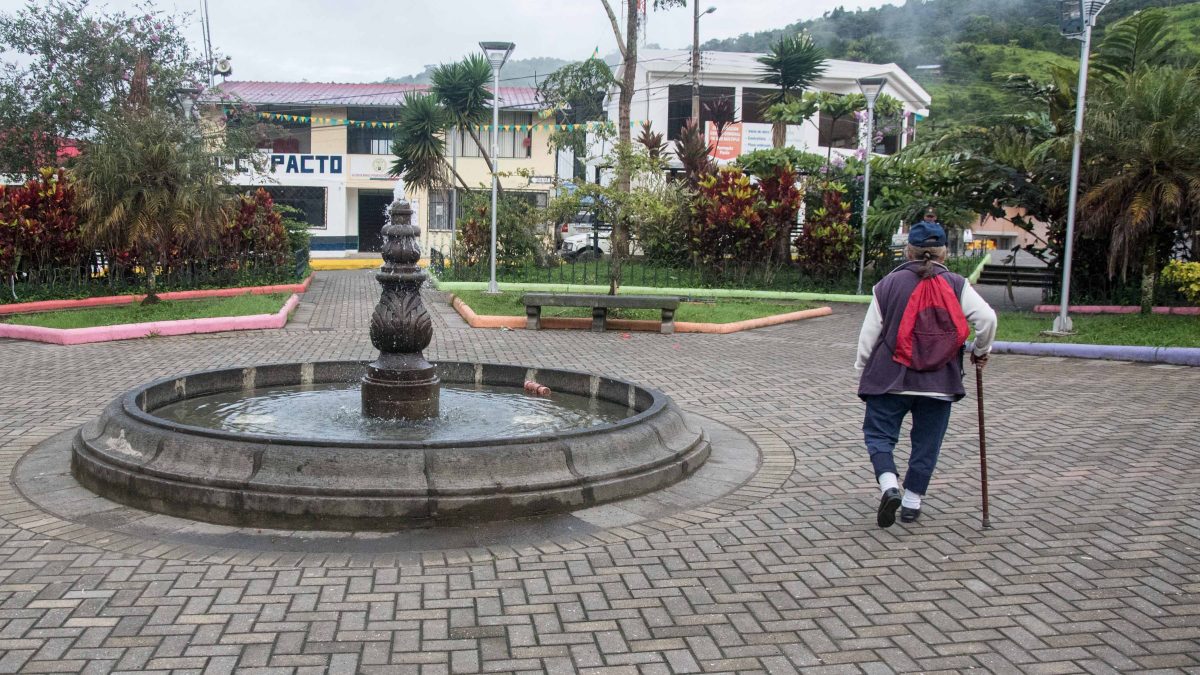
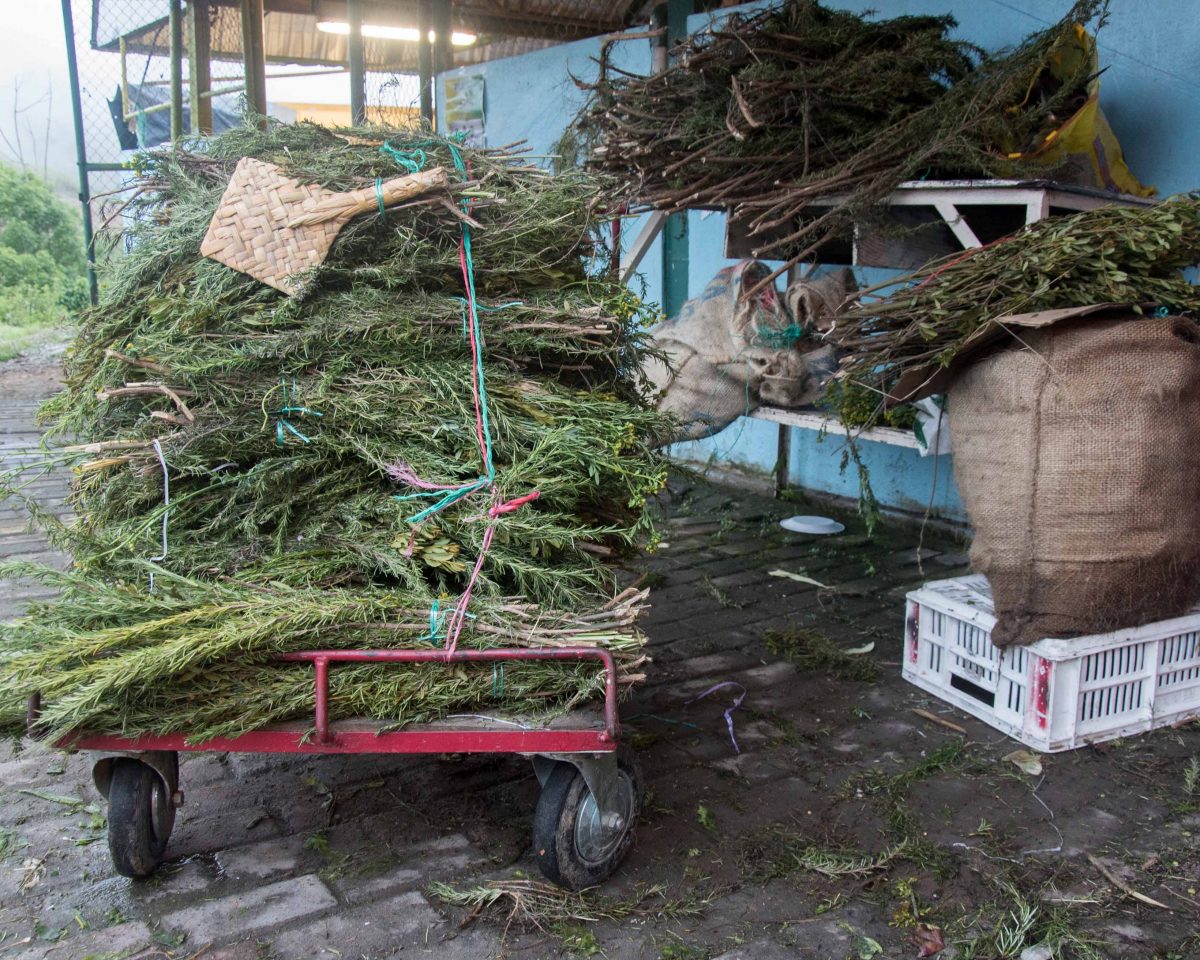

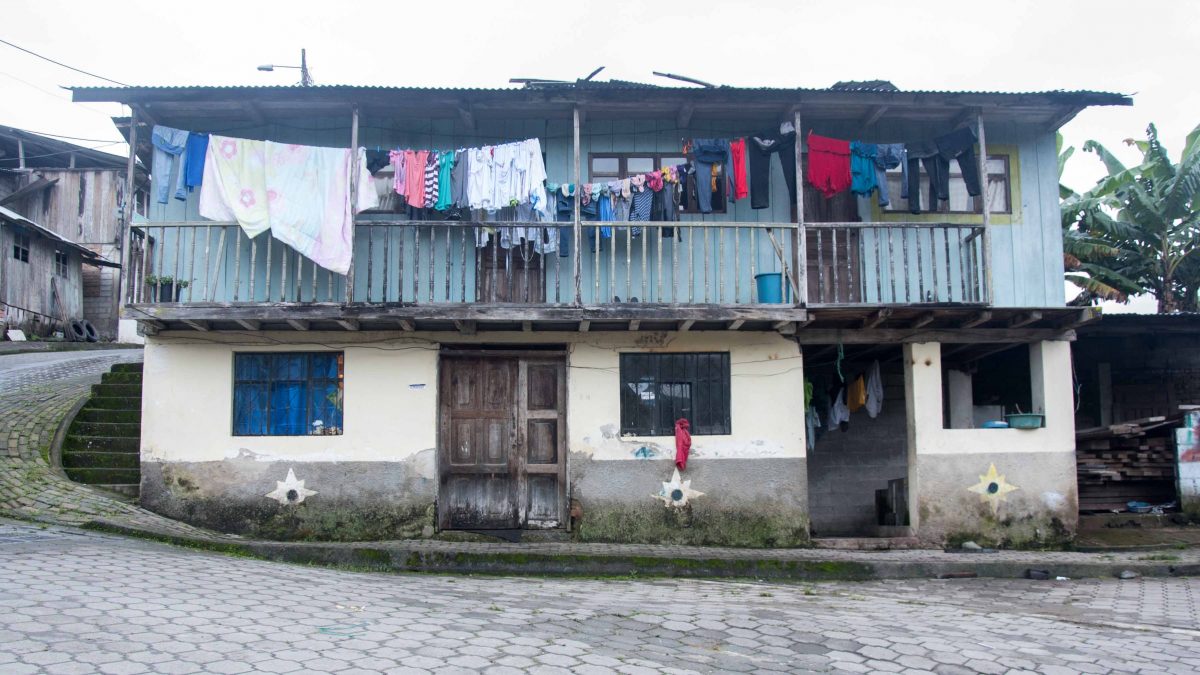
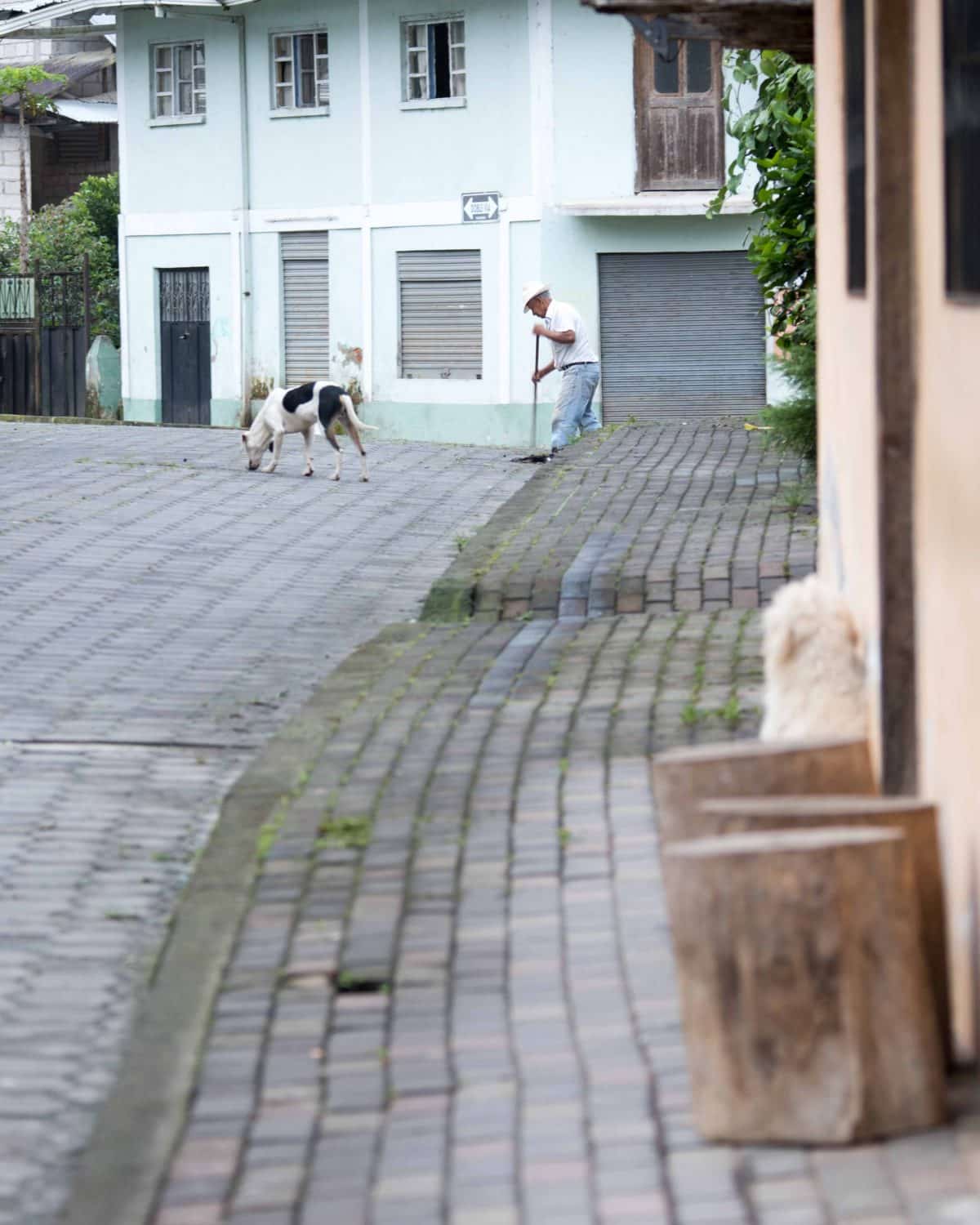
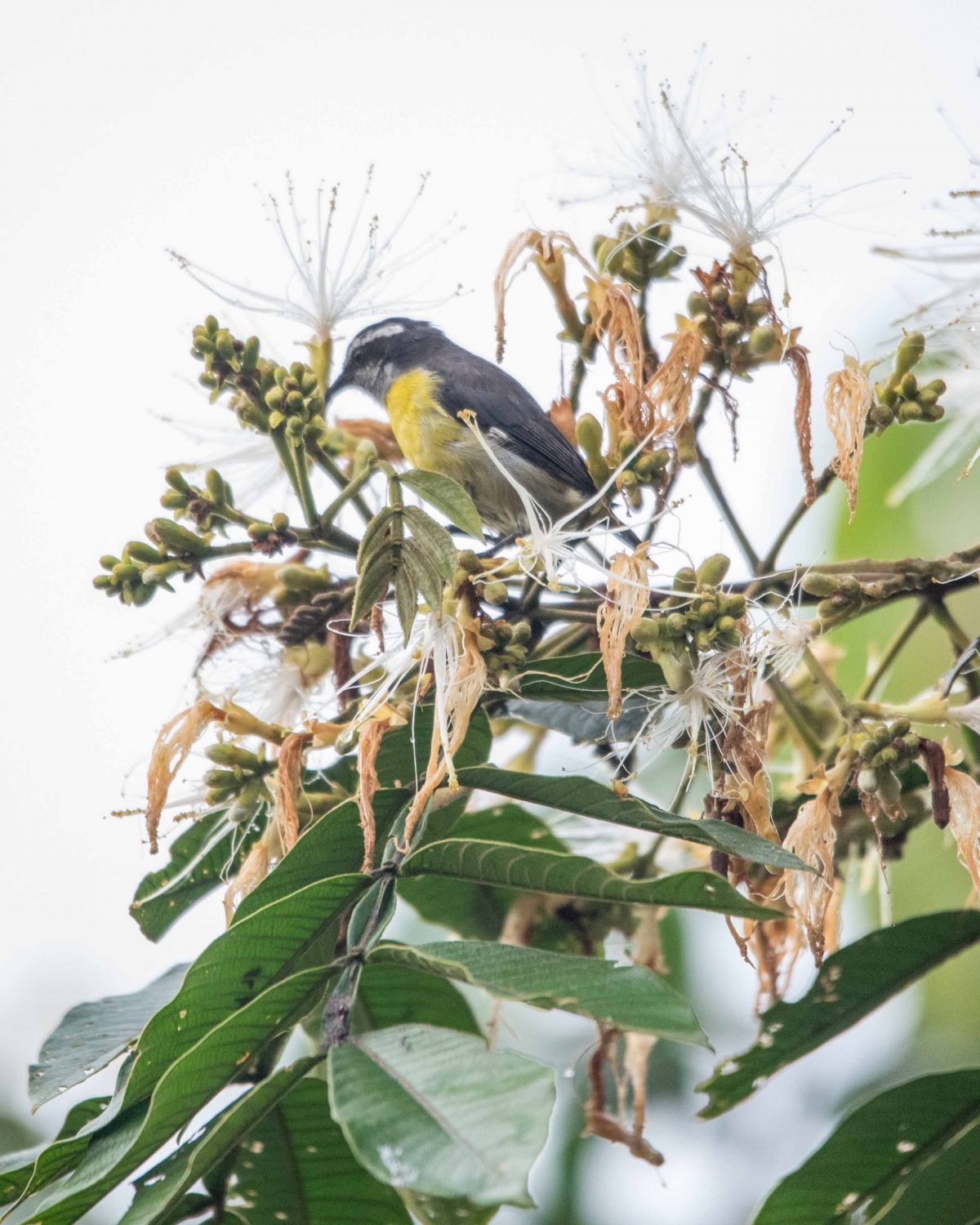
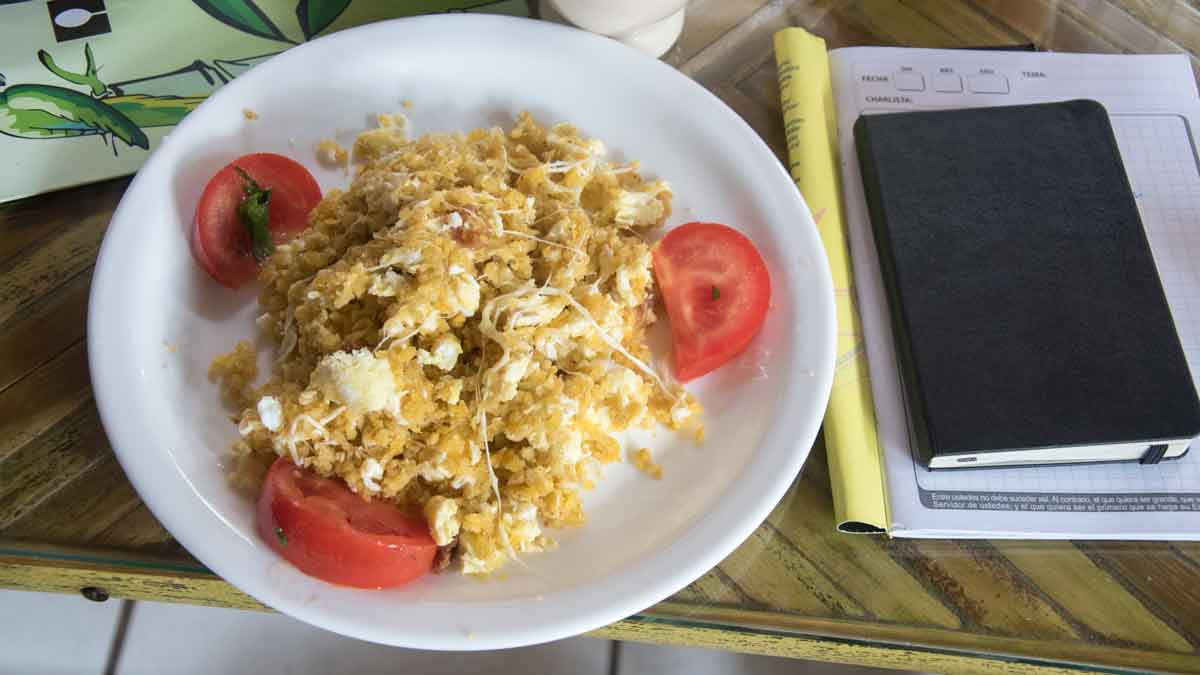











0 Comments